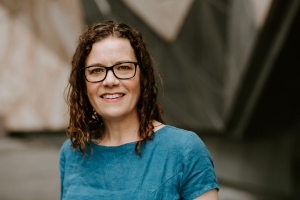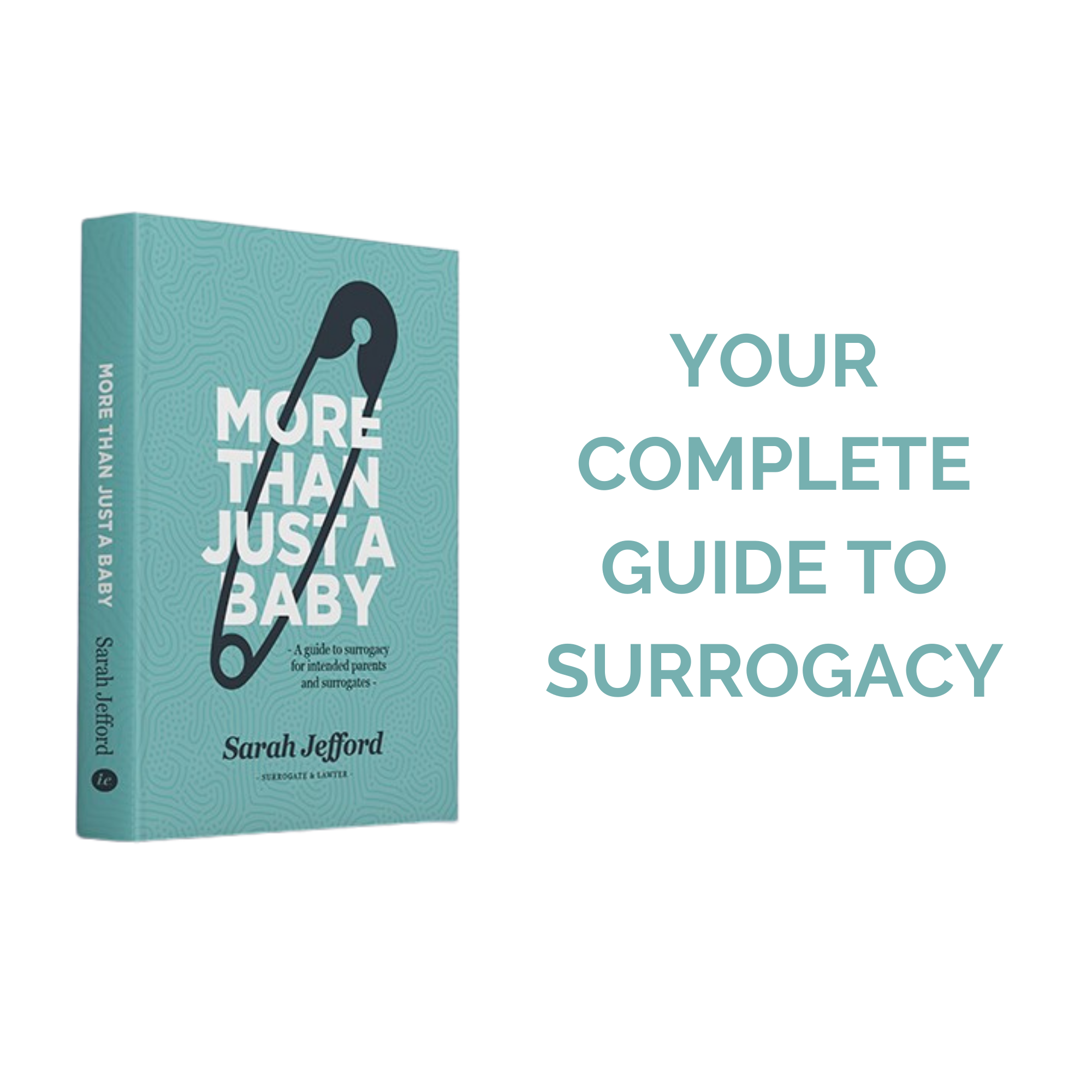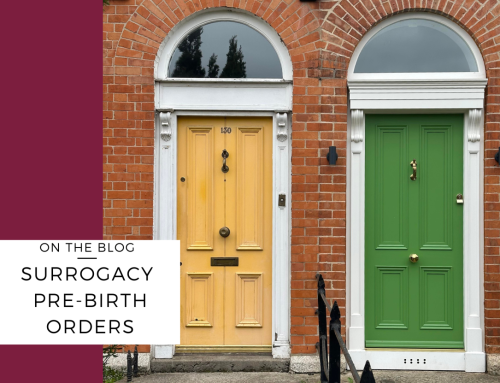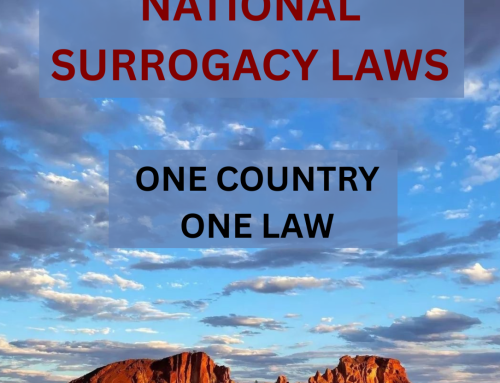Surrogacy Birth Photography
Birth photography is an art form. You only need to search #birthphoto on Instagram and find out how popular, and amazing it can be. I would have liked to have a birth photographer for my first two births, but we decided that iPhone photos would suffice. I have some low-res photos of me labouring and birthing my second son at home, and there’s no doubt that a professional photographer would have captured the moment (and the lighting!) much better.
If you are new to surrogacy, you can read about how to find a surrogate, or how to become a surrogate yourself. You can also download the free Surrogacy Handbook which explains the processes and options.
When I fell pregnant with surro-baby, I considered birth photography and thought it would be nice, but perhaps a bit indulgent. I didn’t want my intended parents to spend more money than was necessary. They didn’t consider it until I mentioned it, and none of us thought it was a priority.
That was until I had a passing conversation with surrogacy counsellor Katrina Hale and became convinced that birth photography was essential for a surrogacy birth. Katrina says that the key moment for the surrogate is when she sees the intended parents meet their baby for the first time. This might be in the birthing suite, or theatre, or in recovery. So when that moment is compromised – perhaps by pain medication, or someone standing between the surrogate and the intended parents, or by an emergency in the birthing room, the surrogate can lose or forget that moment. And this is not a moment she can repeat. If that moment is not captured, the surrogate can spend considerable time trying to process the birth and those crucial first moments. If the birth became an emergency, or was traumatic, her trauma may be magnified by the fact that she didn’t see the intended parents meet the baby that she has carried for 9 months.
Birth photographers can bridge that gap. And not just for the surrogate, but for the intended parents, and the surrogate’s partner and support people as well. And for the child, when they are older, it can provide them with vital images of their birth story.
For me, I played out the moment of the surrogacy birth in my mind for the entire pregnancy. I had ideas of birthing in water, as I had with my second child, and bringing the baby into my arms, and seeing my intended parents’ faces as they met their baby. I expected all my hard work to pay off in that moment. I would hand baby to them, and see them become parents.
I talked to my intended parents about wanting a birth photographer, and they agreed that it was important. And I’m so glad we did it. Our photographer, Bree Downes, was keen to know the dynamics in our arrangement. Bree is also a Doula, so she knows about labour and birth, and came well-prepared. She told us about how she works – snapping photos in the background, remaining unobtrusive and quietly capturing the moments. Bree knows the importance of birth photography, as she says ‘Having a birth photographer is an incredible way to honour your journey to parenthood. It allows you to be in the moment without having to worry about taking images yourself, and having someone outside your immediate circle gives a beautiful perspective ‘looking in’ to your new family and your experience.’
As it happened, and as these things tend to do, the birth didn’t go according to the photo reel I had created in my mind. I had a caesarean section, and as Bree was not allowed in theatre, my husband became the on-the-spot photographer. He took dozens of photos of the birth, and of the intended parents’ faces as they met their daughter. When we got to Recovery, Bree stepped in with her camera and kept snapping away. Those photos, both from my husband and from Bree, tell the story of the birth, and capture many beautiful moments in those first hours. I am so glad we have those photos, the professional and ones taken by my husband, because even now I can look at them and reflect on those moments. The photos form part of the story, taken from all angles and not just from my position on the bed. As Bree says, ‘Giving birth is a surreal experience for all involved, especially the birthing woman. Having images that document your unique journey can help not only immortalise your experience but also process it.’
Surrogacy birth photography might not be for everyone, but I don’t know of anyone who has regretted having a photographer involved. If you are entering a surrogacy arrangement, consider the below tips to decide if it’s right for you.
- Talk about it with your team: set birth photography as an agenda item and decide if it’s important to your team. You might be interested in the Setting Expectations post which includes a downloadable template.
. - Reach agreements about sharing the photos on social media. You might have an agreement about which photos to share and with whom. Will the birth video be uploaded to Youtube? Or kept under lock and key under your bed?
. - If you aren’t hiring a professional photographer, consider nominating a team member to take photos. Perhaps the surrogate’s partner or support person?
. - Make sure the photographer knows to capture the moment of birth AND everyone’s reactions. This might mean trying to capture two things at the same time! This is really important – the surrogate wants to see everyone’s faces as they meet their baby!
. - If you are hiring a professional photographer (my advice: it’s worth it!), give them a brief about who is in your team, and talk to them about how surrogacy works and why photography is important to you. Meet them beforehand and find out if they’re a good match for you.
Another benefit of birth photography is that it normalises birth. Intended parents who haven’t birthed or observed birth before might find it useful to watch Youtube videos of birth, and look at birth photographs on Instagram. Our birth photos have started many a conversation, and hopefully helped to de-stigmatise surrogacy and educate people about the beauty of birth, surrogacy, and the family we created.
If you are planning a surrogacy birth, you might be interested in posts about hospital management of surrogacy, planning the birth and milk and feeding of surrogacy baby.
If you are interested in reading more about surrogacy in Australia, you can download the free Surrogacy Handbook and listen to the Surrogacy Podcast.
The photo on this post was taken by Bree Downes, Doula and Birth Photographer.
You can purchase my book, More Than Just a Baby: A Guide to Surrogacy for Intended Parents and Surrogates, the only guide to surrogacy in Australia.








